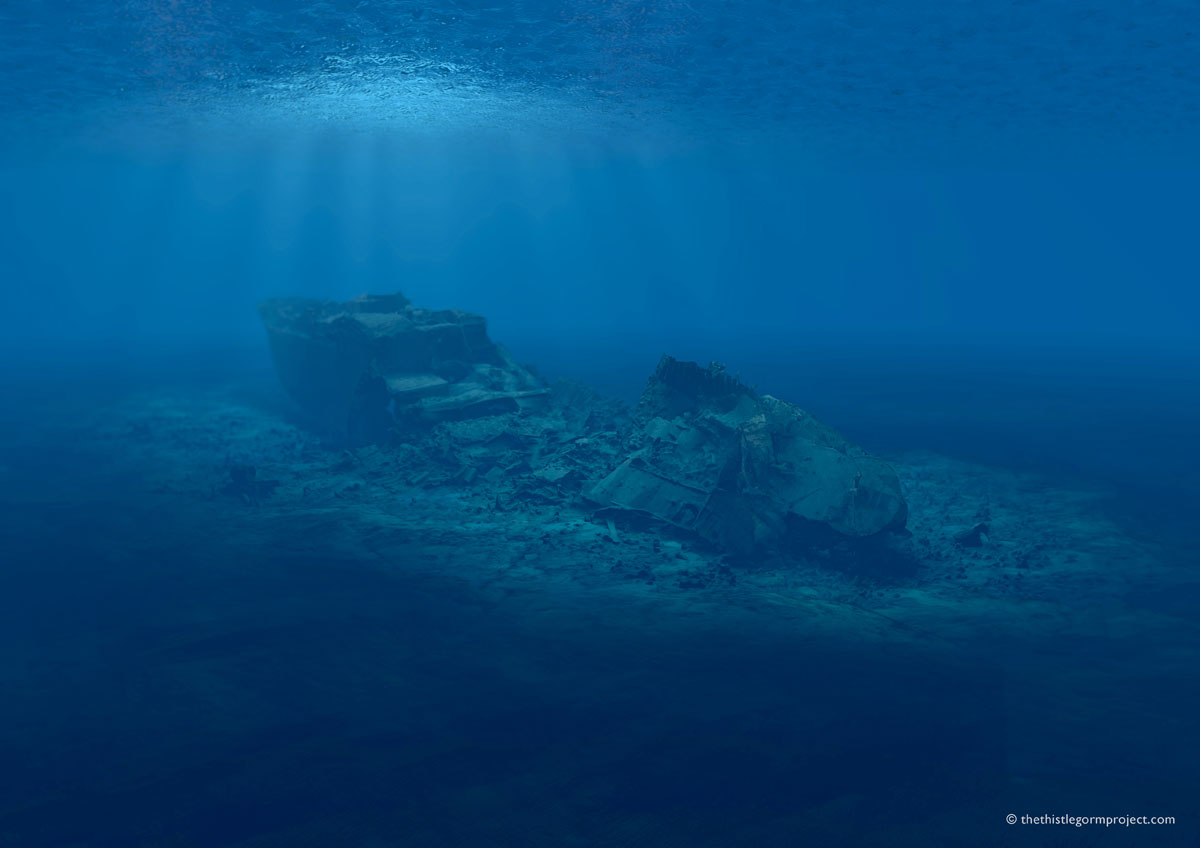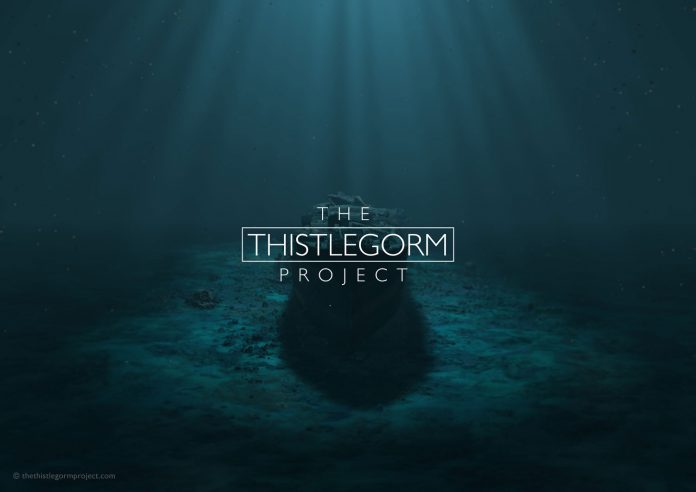A new website will let people explore one of the world’s most famous diving sites on their phones or home computers thanks to a 3D virtual reality project.
The new website, which launches on Friday 6 October, will give visitors the chance to explore the wreckage of the SS Thistlegorm, a British merchant steam ship sunk by a German bomber in 1941 during WWll off the coast of Egypt. The website is going live 76 years to the day since the ship sank.
The SS Thistlegorm
The Thistlegorm Project is part of a wider maritime archaeology study called Presence in the Past, which is a Newton Fund project directed by Dr Jon Henderson, from the School of Archaeology at the University of Nottingham, in partnership with Al Shams (Cairo) and Alexandria Universities in Egypt.
The SS Thistlegorm was a merchant navy steam ship, which was carrying supplies to support the allied war effort in Egypt. The ship was carrying a range of provisions, including trains, aircraft parts, trucks and motorbikes, which now lie 32 metres down on the bottom of the Red Sea.
The wreck is widely known in the diving community and is considered one of the best wreck dives in the world but it is hardly known among the general public. Now, 3D reality projects such as this are bringing submerged subjects to the surface, enabling everyone to appreciate what lies on the seabed.
“The thing about underwater sites and the importance of underwater cultural heritage is that the only people who’ve ever seen it are divers,” says Dr Henderson. “However, we are now at a point where we have the technology to reconstruct these sites. We can survey them in photo realistic detail and we can create models that people can explore and interact with form the comfort of their own homes.”

Largest ever photogrammetric survey
The photogrammetric survey is one of the largest ever carried out on a shipwreck and records over seven acres of wreck through 24,307 high resolution photos taken on twelve dives on the site (representing just 13 hours and 43 minutes in the water). As well as the outer shell of the site its internal decks and cabins were also recorded including its rich cargo.
The underwater archaeological project was also one of the first to utilise 360 video. Dr Henderson said: “This was one of the most exciting things because with 360 degree video we can now do guided tours around the wreck, so you can actually experience what it’s like to dive it. For me, 360 video is a big step forward as it recreates the diving experience. You can get the impression of swimming over it and through the internal parts of the wreck.”
Underwater photogrammetry allowed the team of experts to reconstruct, in photo realistic detail, exactly what’s left of the Thistlegorm on the sea bed. They were then able to create 3D models of exactly how the wreck appears.
Dr Henderson said: “The Thistlegorm is an amazing resource, it’s a remarkable snapshot in history, it’s got all this material from WWll sitting on it and so there is a lot to learn from the wreck.
“As it’s a really popular dive site, there is a problem with the amount of divers on the site at the moment, because it’s not policed or managed. Aside from looting the main issue we have is a lot of the dive boats that go out there are actually mooring on to the wreck itself because there is nowhere else to go. Dive boats weighing 50 and 60 tonnes are tying ropes directly onto the vessel. This isn’t such a problem for the parts of the vessel which are quite strong, but equally we have seen some boats tying on to more fragile areas including the guns, the bridge and the railings – which can cause damage. So we need to protect these sites.
Shared heritage
“Under the UNESCO convention (which Egypt has just signed), there’s protection for wrecks that are 100 years or older. At the moment that doesn’t’ cover WW1 and WWll wrecks – but if we want this resource to survive and to be sustainable as a touristic and a scientific resource to study, then we need to actually protect it.
“Carrying out a baseline survey (such as this) of exactly what’s there is the first step in doing that. We can then chart changes over time and look at what we need to protect. We can look at areas that would be better to moor on and come up with a management for the site.
“This is an important part of Britain’s and Egypt’s shared heritage and a monument to the herculean efforts of the Merchant Navy during the Second World War. Nine men died on the SS Thistlegorm, five Royal Navy gunners and four merchant sailors, just a small part of the 35,000 out of 135,000 Merchant Navy sailors that gave their lives during the war. In the Merchant Navy one in four men did not come back – that’s the highest proportion of all the fighting forces. We owe to the memory of these brave men to record and preserve their legacy.”
To take an underwater tour of the SS Thistlegorm visit www.thethistlegormproject.com

